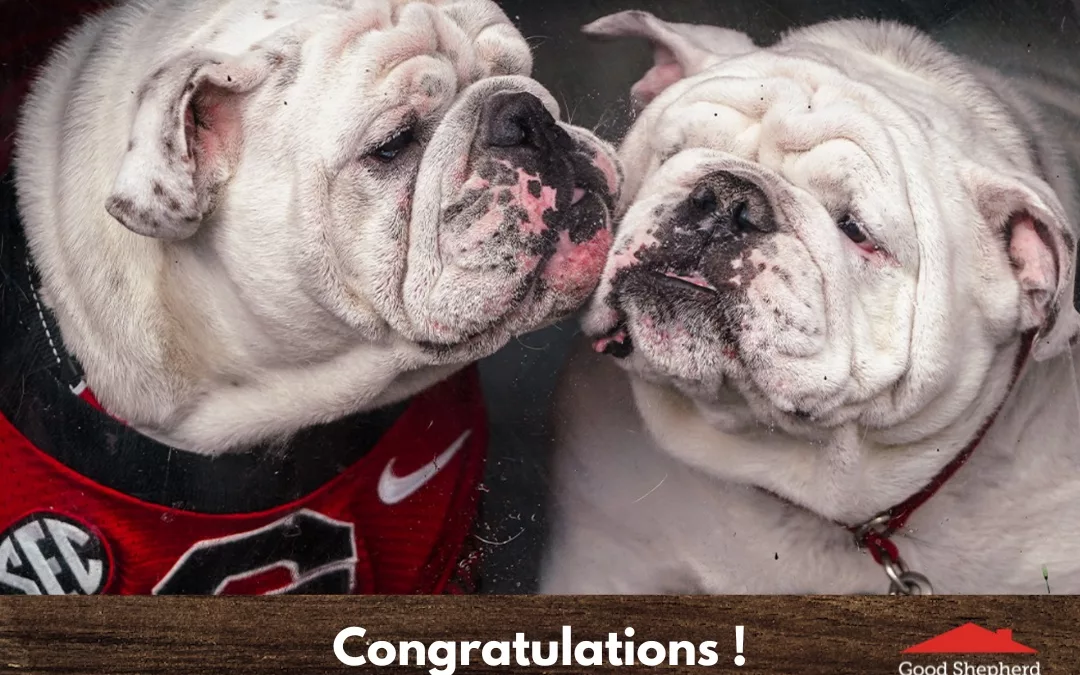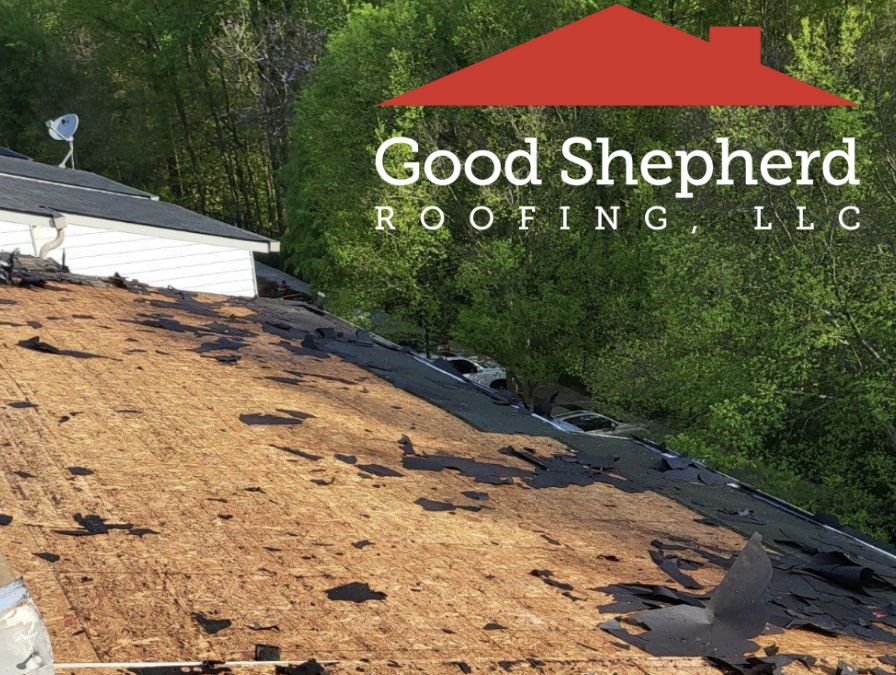
Time and time again the ,Good Shepherd Roofing team hears from homeowners about shingle damage, often when it is too late. Just like everything in life, having ,a maintenance schedule can prevent damage that could result in massive damage to your home.
To learn about some of the signs of shingle damage for your roof read below.
Table of Contents:
Bruised Shingles
Functional hail damage to asphalt shingle roofs is characterized by a localized loss of granules, usually circular in shape, and a fracture in the mat. … Industry studies have shown that softness in the mat, commonly called a bruise, is indicative of a fracture on the bottom side of the shingle or in the mat. For homeowners in the Atlanta area, hailstorms are just an expected occurrence which is what causes the shingle bruising. It’s important that you get an inspection done right away after a hailstorm, because ,homeowners insurance policies will often cover damage related to hail, but the longer you wait to inspect and report it, the less likely they will be able to cover it.
Missing Shingles
A bad storm rolls through and causes tree branches to fall down, knocks garbage cans over, and tears some shingles off your roof. We all know that missing shingles are unsightly, but how do they cause leaks? After all, just because one shingle is missing doesn’t mean the roof is open, does it?
Actually, the truth is that if only one shingle or one shingle tab is missing, your roof may be okay for a little while. Felt paper is installed under the shingles for the purpose of keeping water out in case of a shingle failure. However, felt paper weathers quickly and is not completely waterproof. Eventually, it will age and deteriorate, ,causing a leak. The felt paper only gives you a little bit of time to have the shingles replaced.
Fortunately, this problem is usually pretty easy to spot with ,a quick inspection because you will see the area of your roof that has shingles missing. You can also check around your yard for shingle segments if you suspect that the wind might have damaged your roof.
Curling, Blistering, or Buckling Shingles
Extreme heat temperatures can also present a potential danger to your roofing in the Atlanta area, and if you miss the signs of the damage it could become a problem with a roof leak sooner than later.
- Blistering – Most often a sign that moisture has built up inside the shingle, blistering shingles show signs of bubble or blisters on their surface. Blistering can be a natural aging process for roofs, but it’s also an indication that the attic isn’t properly ventilated, or that leaf and debris has built up on the roof. In regions of the country, like the Southeast (Gwinnett County, Barrow County, Fulton County, Cobb County) where exposure to the sun is high, blistering is also common.
- Curling – Unfortunately, curling is a common problem in roofs. Easy to spot since curling shingles disrupts the uniform look of the roof, the cause is often improper storage of the shingles prior to installation. Alternatively, some additional causes of curling include improper installation, a very dry asphalt base, poor quality shingles, and natural wear and tear. The problem with curling shingles is that they leave the structure underneath exposed to the elements, making the structure vulnerable to water damage. Good Shepherd Roofing uses the best materials to avoid these types of issues that exist from roofing companies that choose to use lower-quality materials.
- Buckling – Similar to curling shingles, buckling shingles are caused by many of the same problems, such as poor ventilation and installation. However, shingles that buckle may also appear due to poor fastening during installation, using nails that are too long, or poor back coating.
,Good Shepherd Roofing loves to help homeowners establish a routine maintenance plan to monitor the health of your roof.
Interested in a Free Roof Inspection? ,Contact Good Shepherd,.









